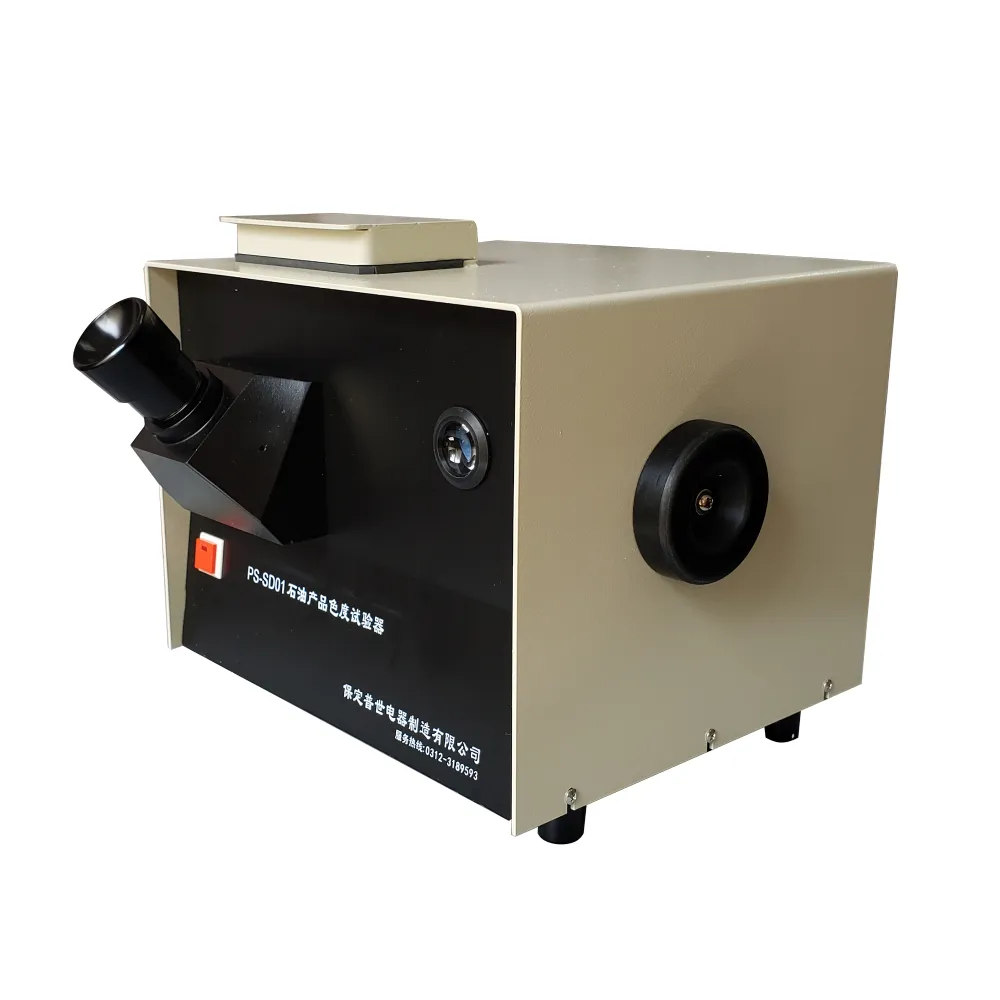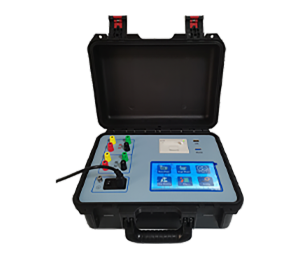 English
English



-
 Afrikaans
Afrikaans -
 Albanian
Albanian -
 Amharic
Amharic -
 Arabic
Arabic -
 Armenian
Armenian -
 Azerbaijani
Azerbaijani -
 Basque
Basque -
 Belarusian
Belarusian -
 Bengali
Bengali -
 Bosnian
Bosnian -
 Bulgarian
Bulgarian -
 Catalan
Catalan -
 Cebuano
Cebuano -
 China
China -
 China (Taiwan)
China (Taiwan) -
 Corsican
Corsican -
 Croatian
Croatian -
 Czech
Czech -
 Danish
Danish -
 Dutch
Dutch -
 English
English -
 Esperanto
Esperanto -
 Estonian
Estonian -
 Finnish
Finnish -
 French
French -
 Frisian
Frisian -
 Galician
Galician -
 Georgian
Georgian -
 German
German -
 Greek
Greek -
 Gujarati
Gujarati -
 Haitian Creole
Haitian Creole -
 hausa
hausa -
 hawaiian
hawaiian -
 Hebrew
Hebrew -
 Hindi
Hindi -
 Miao
Miao -
 Hungarian
Hungarian -
 Icelandic
Icelandic -
 igbo
igbo -
 Indonesian
Indonesian -
 irish
irish -
 Italian
Italian -
 Japanese
Japanese -
 Javanese
Javanese -
 Kannada
Kannada -
 kazakh
kazakh -
 Khmer
Khmer -
 Rwandese
Rwandese -
 Korean
Korean -
 Kurdish
Kurdish -
 Kyrgyz
Kyrgyz -
 Lao
Lao -
 Latin
Latin -
 Latvian
Latvian -
 Lithuanian
Lithuanian -
 Luxembourgish
Luxembourgish -
 Macedonian
Macedonian -
 Malgashi
Malgashi -
 Malay
Malay -
 Malayalam
Malayalam -
 Maltese
Maltese -
 Maori
Maori -
 Marathi
Marathi -
 Mongolian
Mongolian -
 Myanmar
Myanmar -
 Nepali
Nepali -
 Norwegian
Norwegian -
 Norwegian
Norwegian -
 Occitan
Occitan -
 Pashto
Pashto -
 Persian
Persian -
 Polish
Polish -
 Portuguese
Portuguese -
 Punjabi
Punjabi -
 Romanian
Romanian -
 Russian
Russian -
 Samoan
Samoan -
 Scottish Gaelic
Scottish Gaelic -
 Serbian
Serbian -
 Sesotho
Sesotho -
 Shona
Shona -
 Sindhi
Sindhi -
 Sinhala
Sinhala -
 Slovak
Slovak -
 Slovenian
Slovenian -
 Somali
Somali -
 Spanish
Spanish -
 Sundanese
Sundanese -
 Swahili
Swahili -
 Swedish
Swedish -
 Tagalog
Tagalog -
 Tajik
Tajik -
 Tamil
Tamil -
 Tatar
Tatar -
 Telugu
Telugu -
 Thai
Thai -
 Turkish
Turkish -
 Turkmen
Turkmen -
 Ukrainian
Ukrainian -
 Urdu
Urdu -
 Uighur
Uighur -
 Uzbek
Uzbek -
 Vietnamese
Vietnamese -
 Welsh
Welsh -
 Bantu
Bantu -
 Yiddish
Yiddish -
 Yoruba
Yoruba -
 Zulu
Zulu
Atmospheric Crude Distillation Units (ACDU) High-Efficiency Oil Refining Solutions
- Industry Overview & Operational Significance
- Technical Superiority in Modern Design
- Performance Benchmarking Across Manufacturers
- Custom Engineering Solutions
- Operational Efficiency Metrics
- Cross-Industry Implementation Cases
- Sustainable Future of Atmospheric Crude Processing

(atmospheric crude distillation unit)
Atmospheric Crude Distillation Unit: The Refining Cornerstone
As the primary stage in petroleum refining, atmospheric crude distillation unit
s process 100% of raw crude into market-ready fractions. These systems achieve initial separation at 350-400°C under precisely controlled atmospheric pressure, handling feed rates from 50,000 to 500,000 barrels per day (BPD). Modern installations demonstrate 98.6% operational availability, with advanced models reducing energy intensity to 0.45 MBTU per barrel processed.
Engineering Innovations Driving Efficiency
Third-generation distillation towers incorporate enhanced features:
- High-efficiency fractionation trays (85-92% stage efficiency)
- Corrosion-resistant metallurgy (ASTM A387 Grade 11 clad construction)
- Integrated heat recovery systems (60-70% waste heat utilization)
Such advancements enable 12-15% throughput increases compared to legacy systems while maintaining 0.08% product loss rates.
Manufacturer Technology Comparison
| Vendor | Max Capacity (BPD) | Energy Use (MBTU/bbl) | Sulfur Handling (%) | Maintenance Interval |
|---|---|---|---|---|
| GlobalProcess Tech | 650,000 | 0.42 | 5.2 | 48 months |
| PetroSolutions Co. | 580,000 | 0.47 | 4.8 | 42 months |
| EnergyMaster Ltd. | 720,000 | 0.39 | 5.6 | 54 months |
Adaptive System Configuration
Customization parameters for specific operational needs:
- Throughput scaling (modular designs from 30,000 to 750,000 BPD)
- Material compatibility (carbon steel to duplex stainless steel options)
- Automation levels (basic PLC to full DCS integration)
Recent projects demonstrate 22% CAPEX reduction through optimized configuration strategies.
Performance Validation Metrics
Field data from 142 installations (2020-2023):
- Average yield improvement: 3.8 percentage points
- Energy consumption reduction: 18.7% vs. previous generation
- Maintenance cost decrease: $0.12 per barrel processed
Global Implementation Scenarios
Notable operational deployments:
| Location | Crude Type | Capacity | Key Achievement |
|---|---|---|---|
| Middle East | Heavy Sour | 550k BPD | 0.9% product loss rate |
| Asia-Pacific | Light Sweet | 320k BPD | 94% uptime |
| North America | Mixed Blend | 480k BPD | 22% energy saving |
Advancing Atmospheric Distillation Unit Capabilities
The atmospheric crude distillation unit remains essential for converting 72% of global crude supply into primary products. Emerging technologies promise 8-12% additional efficiency gains through:
- Machine learning-driven process optimization
- Advanced anti-fouling surface treatments
- Integrated carbon capture readiness
These innovations position atmospheric distillation units as sustainable solutions for evolving refinery requirements.

(atmospheric crude distillation unit)
FAQS on atmospheric crude distillation unit
Q: What is the primary function of an atmospheric crude distillation unit (ADU)?
A: The ADU separates crude oil into fractions like naphtha, kerosene, diesel, and atmospheric residue based on boiling points. It operates at near-atmospheric pressure to avoid thermal cracking of hydrocarbons.
Q: How does an atmospheric distillation unit differ from a vacuum distillation unit?
A: An atmospheric distillation unit processes crude oil at atmospheric pressure, while vacuum distillation units operate under reduced pressure to distill heavier residues that cannot vaporize at atmospheric conditions.
Q: What are the key components of a crude oil distillation unit?
A: Key components include a preheat exchanger network, distillation column, condensers, reboilers, and side-stream strippers to separate and refine distinct hydrocarbon cuts efficiently.
Q: Why is temperature control critical in atmospheric crude distillation units?
A: Precise temperature gradients in the distillation column ensure proper separation of hydrocarbon fractions. Overheating can cause unwanted cracking, while low temperatures reduce separation efficiency.
Q: What products are typically derived from an atmospheric distillation unit?
A: Common outputs include light gases, naphtha (gasoline precursor), kerosene (jet fuel), diesel, and atmospheric residue, which is further processed in vacuum distillation or other downstream units.
-
Ensuring Transformer Reliability with High-Precision Turns Ratio TestingNewsJul.18,2025
-
Ensuring SF₆ Gas Safety: Introducing PUSH’s Integrated SF₆ Analyzer for Dew Point, Purity, and Decomposition MonitoringNewsJul.10,2025
-
Exploring the Main Types of Industrial Endoscopes and Their Applications Across IndustriesNewsJul.04,2025
-
Testing Equipment Industry Sees Major Advancements in 2025: Smart & Precision Technologies Lead the WayNewsJun.06,2025
-
Applications of Direct Current Generators in Renewable Energy SystemsNewsJun.05,2025
-
Hipot Tester Calibration and Accuracy GuidelinesNewsJun.05,2025



